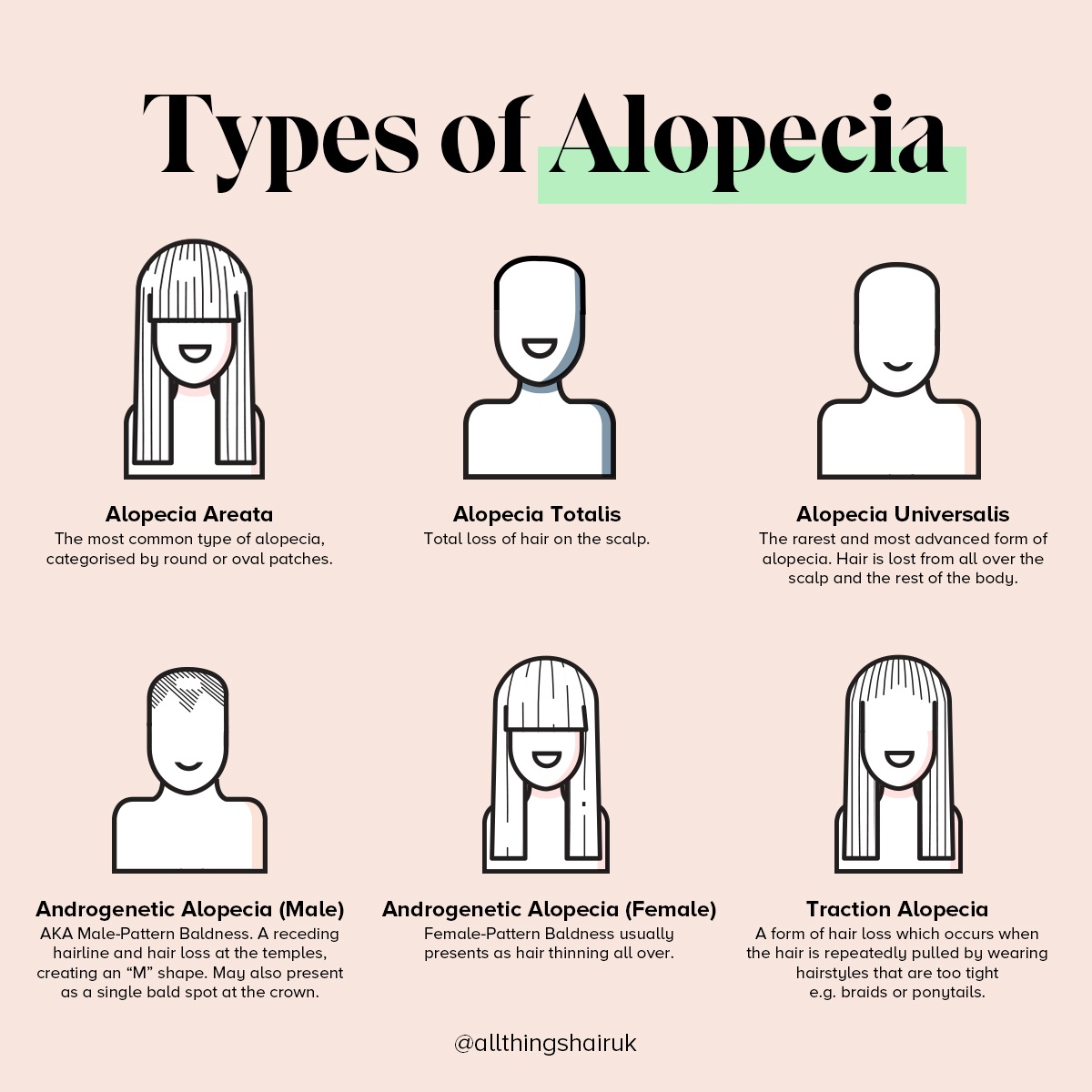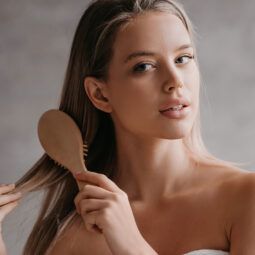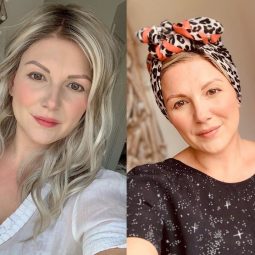
What Is Alopecia? A Guide to Hair Loss
Trichologists explain the different types of alopecia, who it can affect and the treatments available.
The topic of hair loss is one which can bring up feelings of unwanted stress and anxiety. You may have heard the term alopecia thrown around but you might be wondering what alopecia really is.
In this article, with the help of expert trichologists, we’re going to deep dive into what it really means to have alopecia. From the triggers of hair loss to how symptoms develop and what treatments are available, keep reading to find out more.
What Is Alopecia?
Many people mistakenly think that alopecia is just having patches of hair loss but that’s not actually true. Alopecia is a blanket clinical term for all different types of hair loss and can include hair loss caused by chemotherapy and ageing, as well as the more recognisable patchy hair loss.
Alopecia Symptoms
You may notice hair fall in certain areas that might develop into patches that are completely bald. Alopecia primarily affects the scalp but can also affect other areas of the body including eyelashes, eyebrows, legs, and facial hair.
Is Alopecia Permanent?
Alopecia can be both temporary or permanent. In some cases it is treatable, but it can also be progressive and irreversible.
Different Types of Alopecia

There are lots of different types of alopecia and you might be surprised to learn that only the rarest forms actually result in total hair loss. Most people with alopecia will only experience patches of hair loss which can grow back and only a very small percentage go on to lose all of their hair.
Discover the most common types of alopecia, below:
Alopecia Areata
Alopecia Areata is the most common type of alopecia, which is categorised by round or oval patches of hair loss. Eva Proudman, MIT IAT from the Institute of Trichologists explains that “1 person in 50 will suffer from this type of alopecia in their lifetime, which occurs when the body mistakes the hair follicle as a foreign body and attacks it from within”.
Alopecia Totalis
Alopecia Totalis results in the complete loss of hair on the scalp.
Alopecia Universalis
Alopecia Universalis is the rarest and most advanced form of alopecia, in which hair is lost from all over the scalp and the rest of the body (including facial hair, chest hair, and pubic hair).
Androgenetic Alopecia
Androgenetic Alopecia is a common hair loss condition affecting both men and women. For men, Male-Pattern Baldness causes a receding hairline and hair loss at the temples, creating a recognisable “M” shape. Men may also experience a single bald spot at the crown.
For women, Female-Pattern Baldness usually manifests as hair thinning all over the head instead of a receding hairline and doesn’t usually result in total baldness.
Traction Alopecia
Traction Alopecia is a form of hair loss that occurs when the hair is repeatedly pulled in a specific area over a long period of time. Causes include wearing your hair too tightly in braids, ponytails, or hair extensions.
Causes of Alopecia
Genetics is the most prominent cause of alopecia but there are a wide variety of triggers that are believed may contribute to hair loss. These include “illness, ageing, allergy, diet, stress and natural hormone changes like puberty, menopause or pregnancy”, explains Georgia Gardner, Australia Alopecia Areata Foundation Inc.
Iain Sallis, MIT Trichologist at Hairmedic further explains that hair loss caused by diet in particular “may be due to an overwhelming inflammation, which may be helped by reducing inflammatory products from the diet (usually dairy), or if the person is low in Iron or Vitamin D.”
Is Alopecia Caused by Stress?
People joke about losing hair over a stressful situation but how much truth is there to this? Jen Chambers, Charity Development Manager at Alopecia UK clears this up. “We don’t actually know if psychological stress can cause hair loss, although there are suggestions that it could be linked to a specific type of hair loss, called telogen effluvium”.
So while many people believe stress may have triggered their hair loss, there’s not enough evidence to confirm that there’s a direct link.
Who Is Most Likely to Get Alopecia?
Alopecia can affect anyone, regardless of gender or age but having a close family member with the condition increases your likelihood of developing it too.
When it comes to age, “alopecia areata can happen at any age; but most people develop it before the age of 40, and the average age that people develop the condition is between 25 and 36″, says Jen Chambers.
“Some other types of hair loss, like androgenetic alopecia, are more common in older people, and some specific types of hair loss, like Frontal Fibrosing Alopecia are more common in post-menopausal women.”
Is There a Cure for Alopecia?
Currently, there are no known treatments that can completely cure alopecia. However, depending on the severity of the alopecia, there are treatments that can help to promote regrowth.
The most common method is the use of steroid injections directly into the scalp. This reduces inflammation and boosts the immune system, allowing the follicles to function as normal and promoting regrowth.
Alternative treatments, including medication and topical treatments like steroid creams are also available. It’s always best to consult with your doctor for tailored advice.
We hope this helped to bust some of the most common myths around alopecia. If you want to find out more about what it’s really like to live with alopecia, you can read Jo Tucker’s inspiring story of hair loss and self-acceptance, below.

